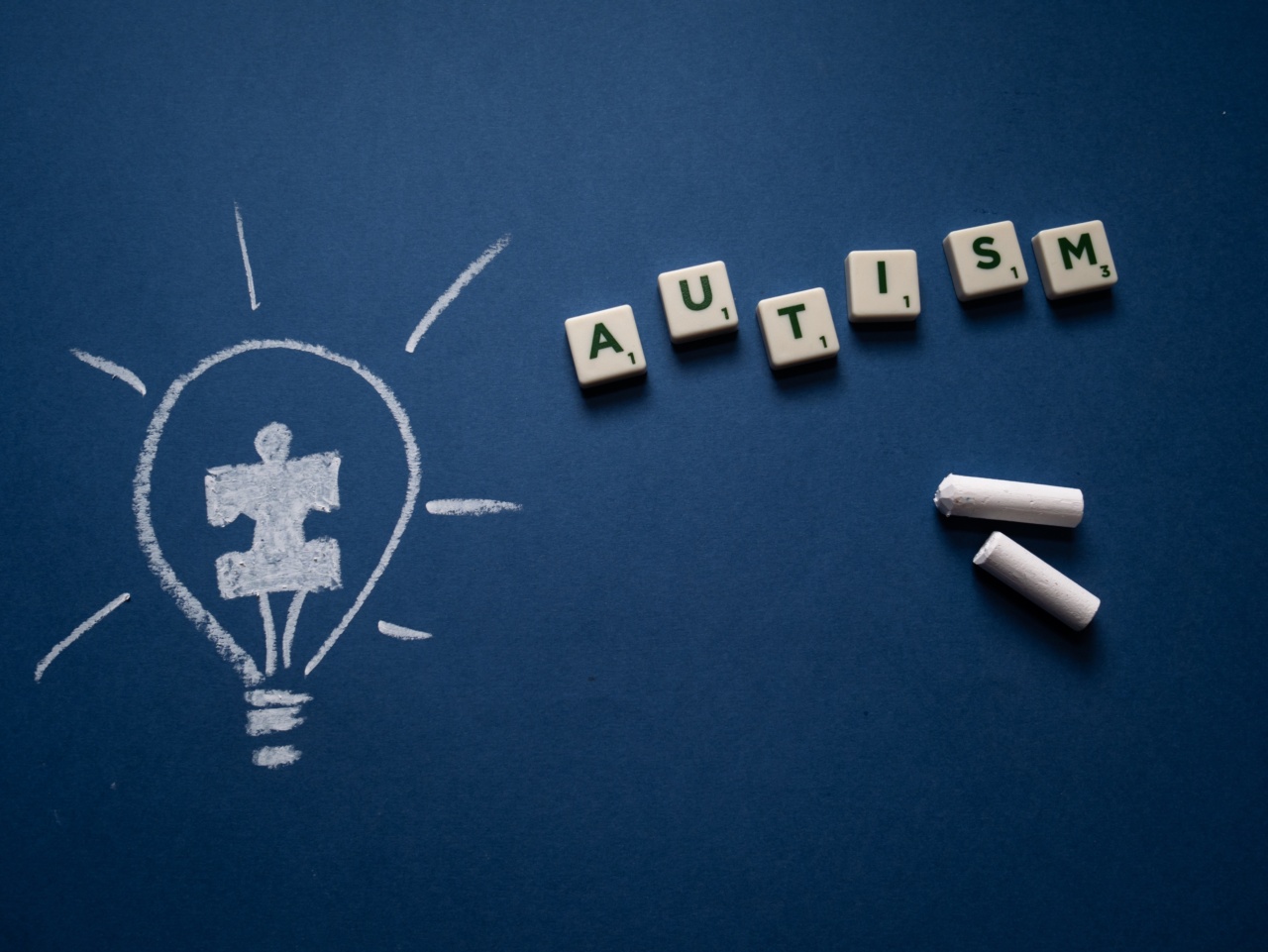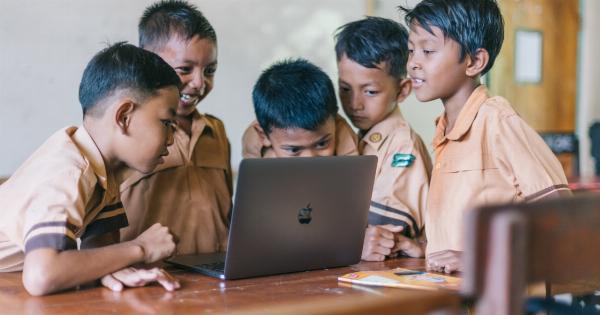Autism is a neurological development disorder that affects a person’s communication and social interaction abilities. It’s common, with an estimated 1 in 54 children in the United States being diagnosed with this disorder.
However, there is a disorder so rare that presents like autism, called Nonverbal Learning Disorder (NVLD).
What is Nonverbal Learning Disorder (NVLD)?
NVLD is a rare brain disorder that affects a person’s nonverbal communication abilities, motor coordination, and social skills.
Unlike autism, people with NVLD often have advanced vocabularies and excellent verbal skills, but they may struggle with nonverbal cues such as body language and facial expressions.
People with NVLD have problems with visual-spatial skills, which means that they have difficulty perceiving and processing visual information accurately. They may also have trouble with gross and fine motor skills and with managing complex tasks.
NVLD is often called a hidden disability because people who have it may appear to be functioning much better than they actually are. However, they have a unique set of strengths and weaknesses that require specific interventions and support.
How is NVLD diagnosed?
The diagnosis of NVLD is complex and requires a comprehensive evaluation by a team of professionals, including a neuropsychologist, speech pathologist, occupational therapist, and potentially other healthcare providers.
The diagnostic process usually involves a battery of tests that assess a person’s cognitive, academic, speech and language, motor, and social skills. These evaluations identify specific areas of weakness and strength and help determine the appropriate treatment plan.
What does treatment for NVLD look like?
Treatment for NVLD involves a multidisciplinary approach to address each area of weakness identified by the evaluation. Treatment measures address deficits in social communication skills, motor coordination, and visual-spatial abilities.
Therapeutic interventions may include cognitive-behavioral therapy, occupational therapy, and speech and language therapy. Additionally, educational support may be necessary to help children with NVLD in school settings.
Parents are encouraged to advocate for their children by seeking accommodations such as extra time on tests, preferential seating in the classroom, and access to assistive technology.
In severe cases of NVLD, medication may be prescribed to address co-occurring conditions such as anxiety and depression.
What is the outlook for people with NVLD?
Because NVLD is rare, it’s not well understood, and there’s no cure.
However, with the right treatment and support, people with NVLD can learn strategies to cope with the challenges they face, and many of them go on to lead productive and fulfilling lives. Support from family, friends, and a team of providers experienced with NVLD can help people with NVLD overcome their challenges and reach their full potential.
How is NVLD different from Autism?
Autism and NVLD share some similarities in that both disorders affect a person’s social functioning.
However, people with autism often struggle with language development and communication skills, whereas people with NVLD typically have advanced verbal skills but struggle with nonverbal communication and social cues. Additionally, autism is diagnosed more frequently than NVLD and affects more people globally.
Conclusion
While autism is much more common, it’s essential to recognize that other disorders can affect a person’s ability to communicate and socialize.
Nonverbal Learning Disorder (NVLD) is a rare brain disorder that often presents like autism but affects a person’s nonverbal communication abilities, motor coordination, and social skills. While it is not curable, people with NVLD can learn strategies to cope with their challenges and lead productive and fulfilling lives with the right treatment and support.






























